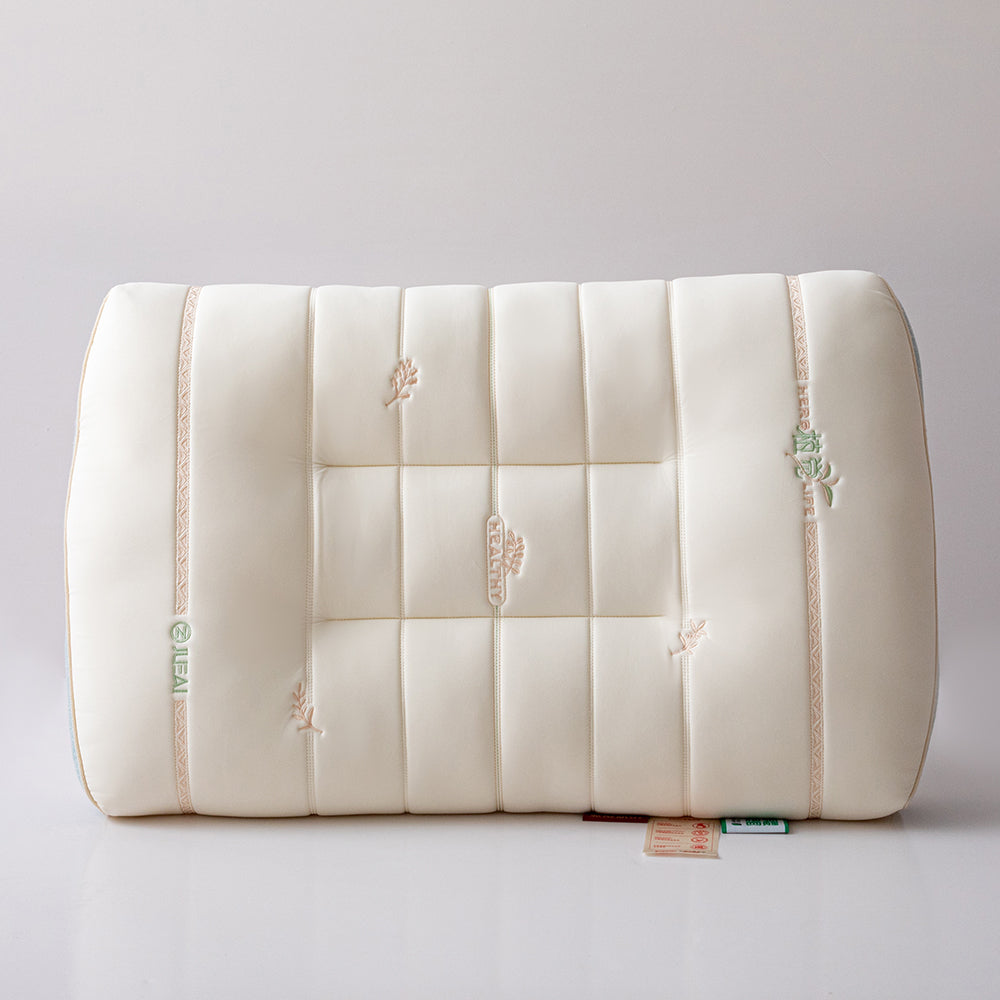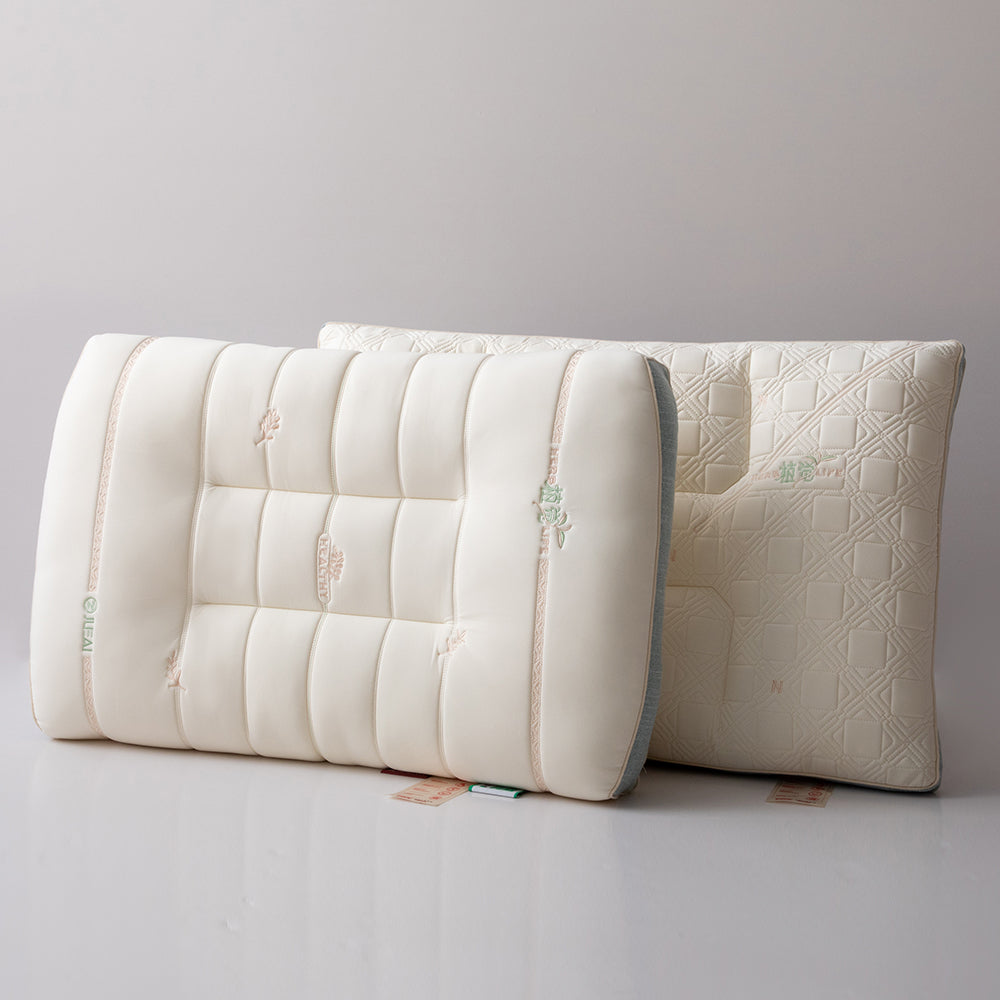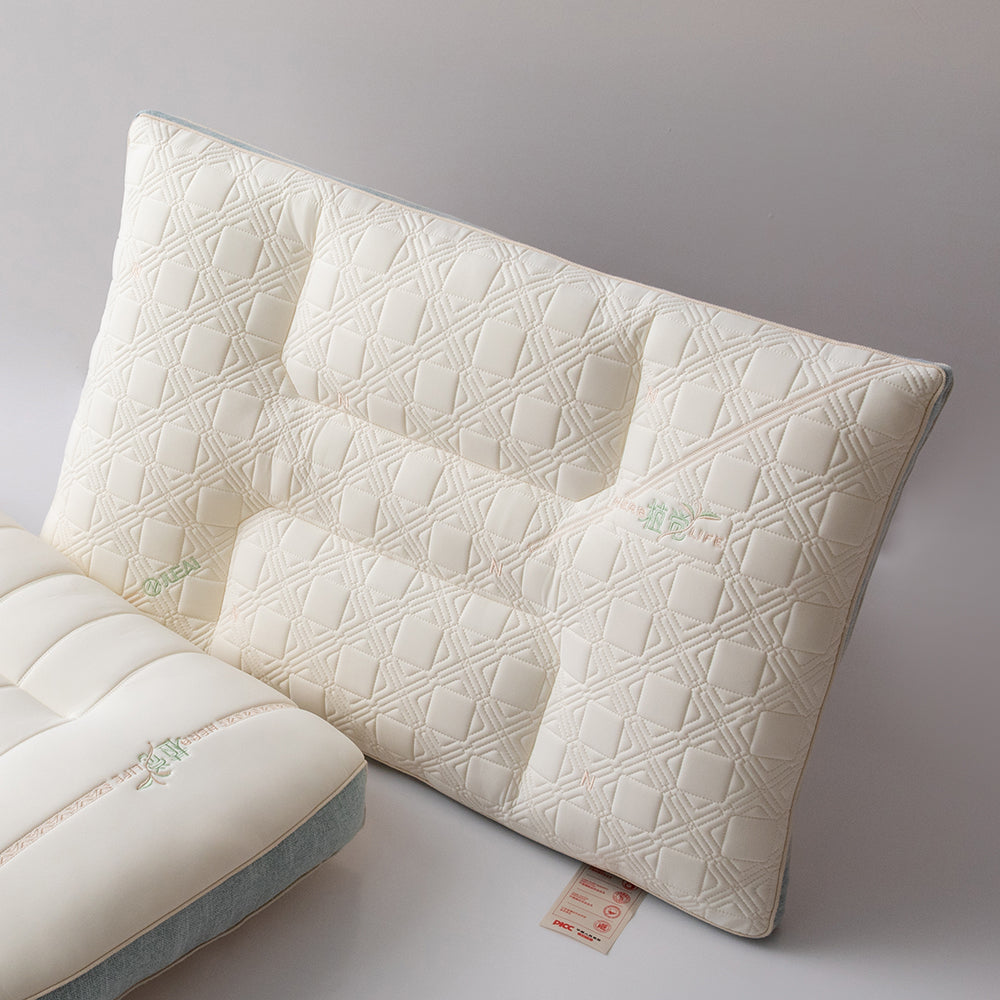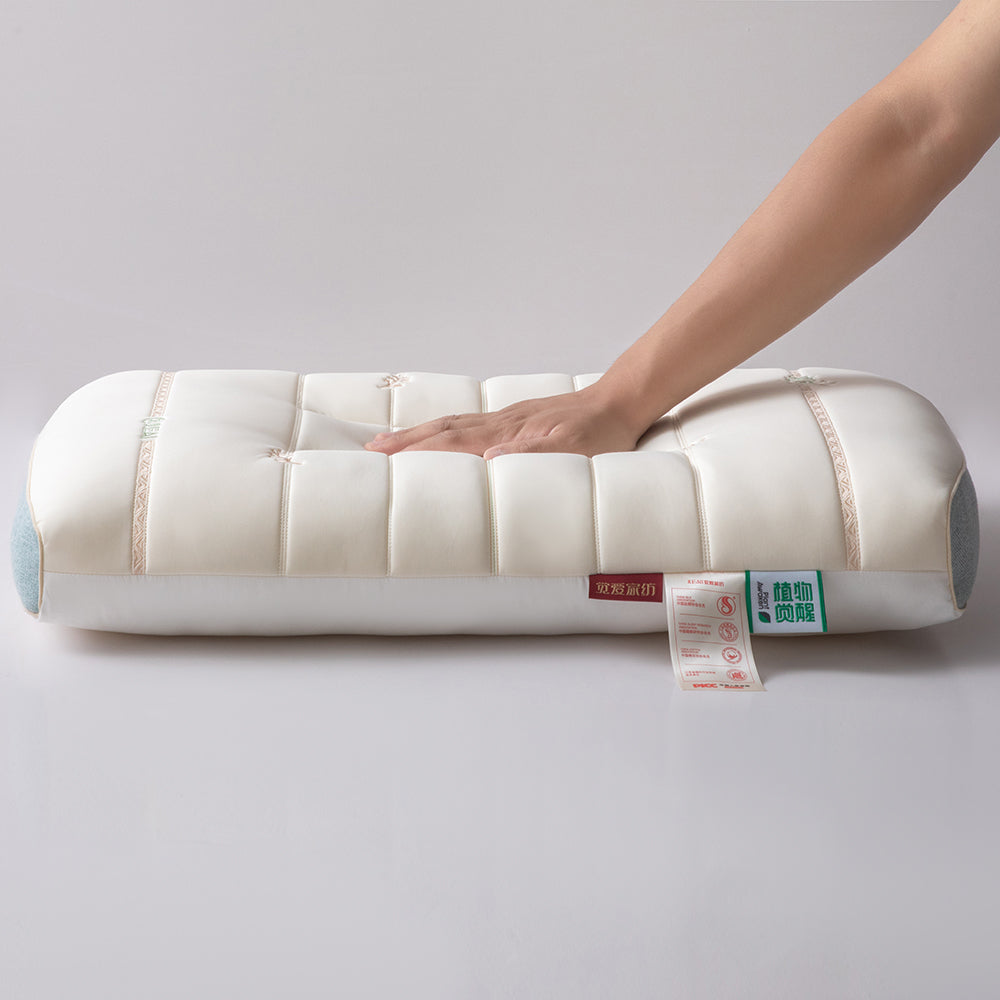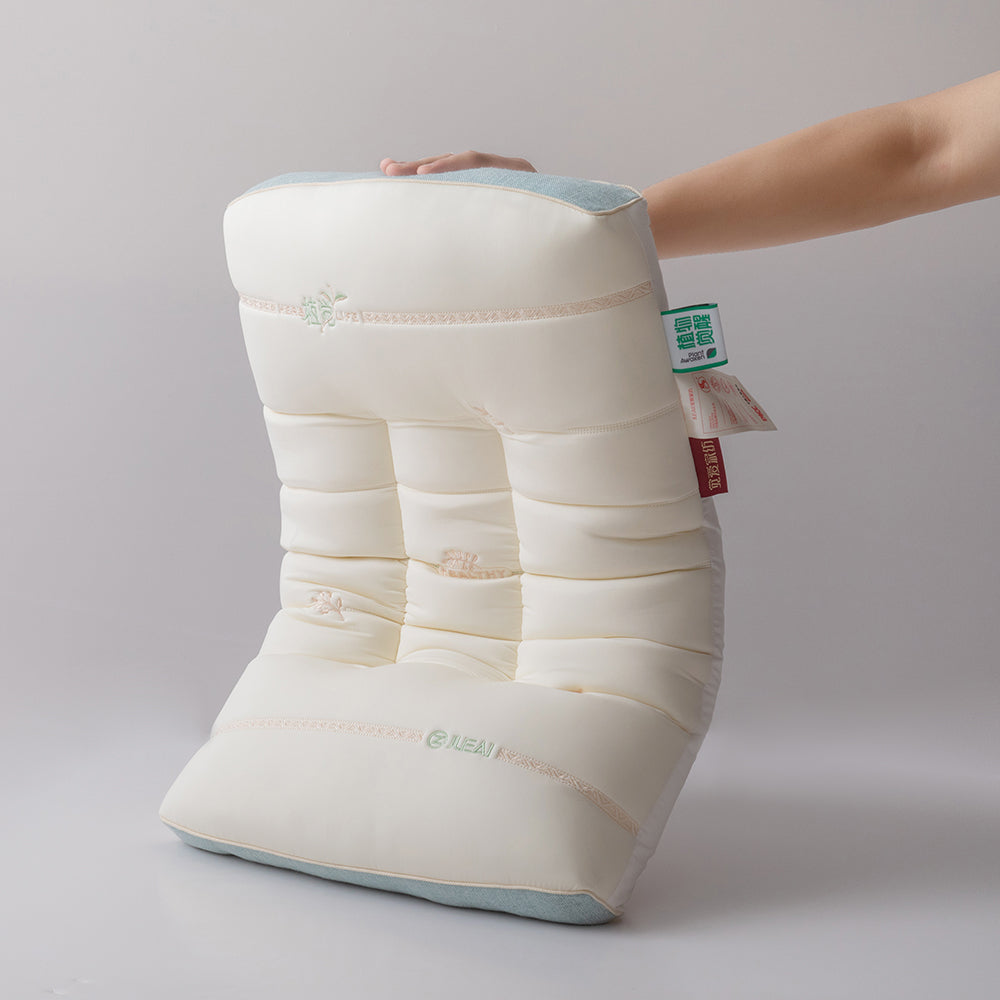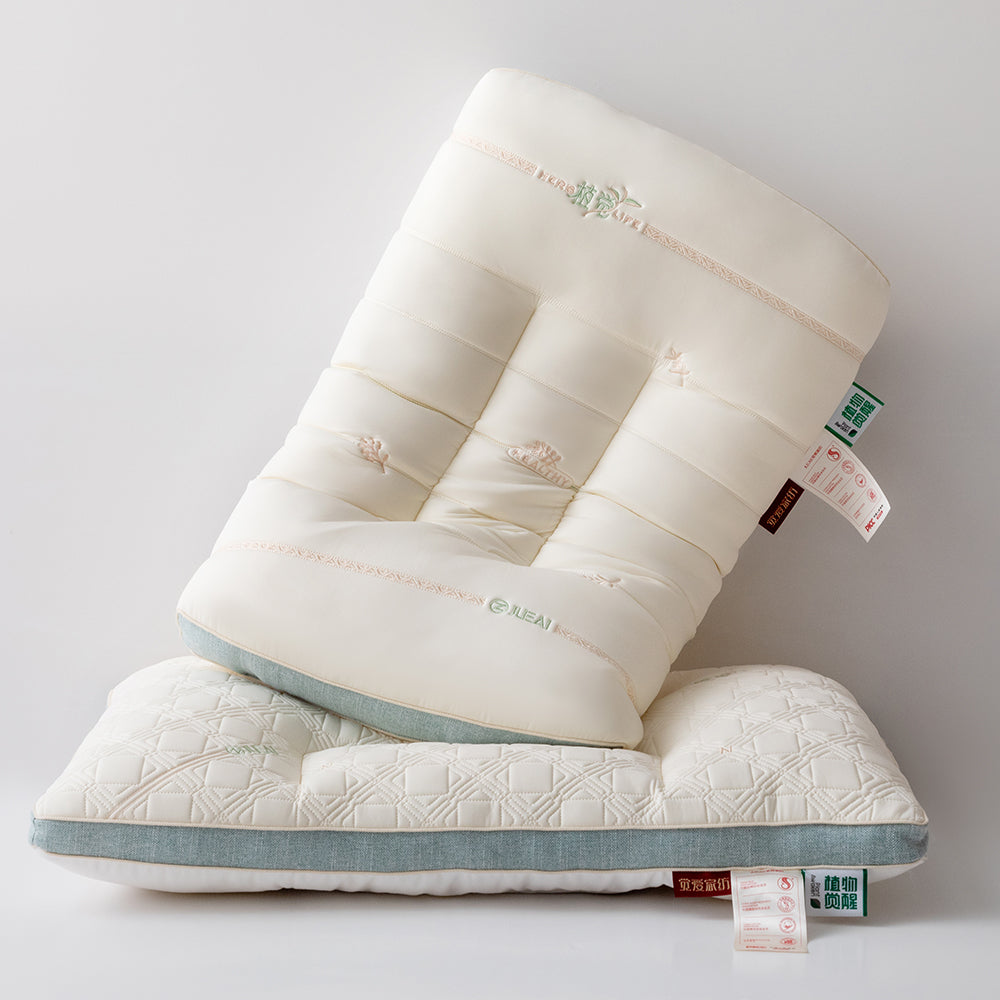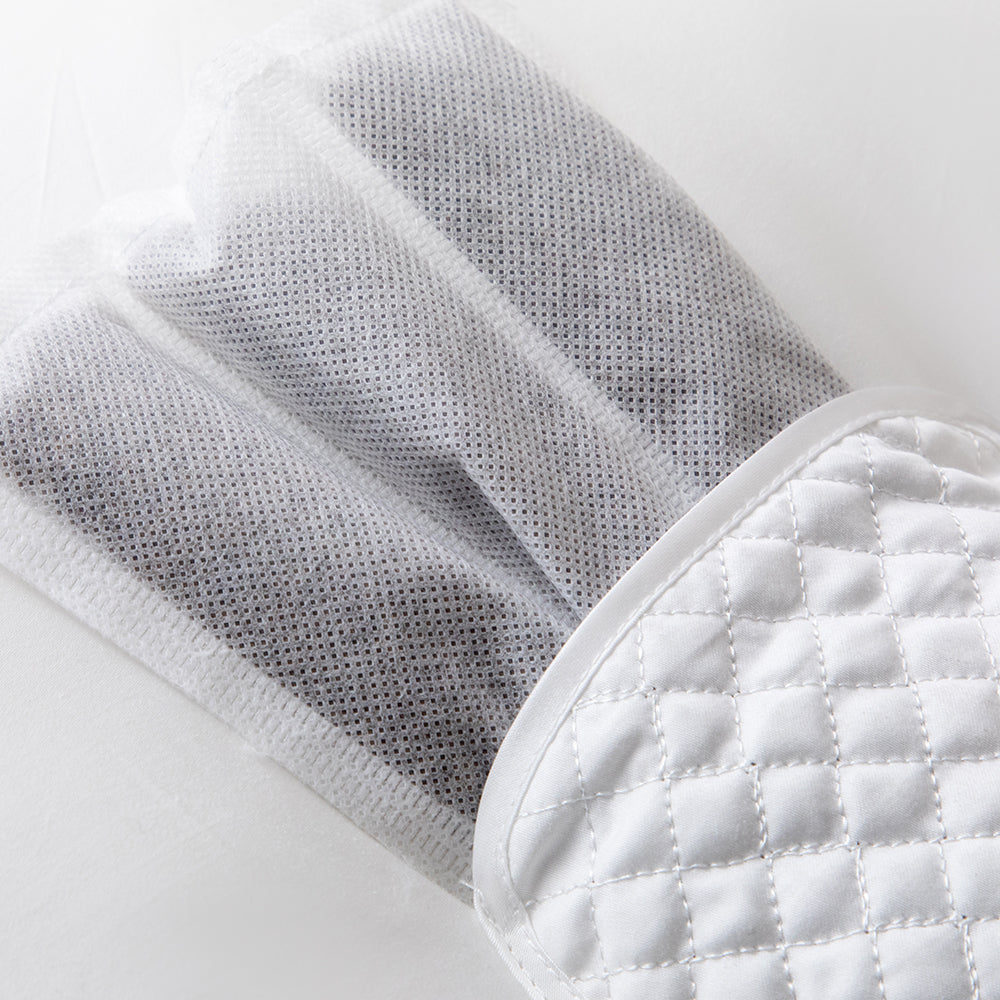The Benefits of Herbal Multifunctional Pillows: Evidence-Based ZJ
The Benefits of Herbal Multifunctional Pillows: Evidence-Based ZJ
The Benefits of Herbal Multifunctional Pillows: Evidence-Based Insights
Herbal multifunctional pillows, a fusion of traditional botanical wisdom and modern ergonomic design, offer a range of health benefits supported by both historical practices and emerging scientific research. These pillows, often filled with natural materials like buckwheat husks, chrysanthemum, or Semal tree fiber, are increasingly recognized for their therapeutic potential in improving sleep quality, alleviating pain, and addressing chronic conditions. Below is an evidence-based analysis of their advantages:
1. Improved Sleep Quality
Herbal pillows are widely used to combat insomnia and enhance sleep. For instance, buckwheat husk pillows provide adjustable support to maintain spinal alignment, reducing pressure points and promoting relaxation. A 2024 review in Food Research International highlighted that buckwheat husks’ porous structure enhances airflow, preventing heat retention and improving thermoregulation during sleep. Similarly, Semal tree fiber pillows, studied in Ayurvedic traditions, are noted for their cooling properties and mild sedative effects, which reduce nighttime tossing and improve sleep continuity. Clinical trials on insomnia patients using herbal formulations like Hei Zhan Mu (a traditional Chinese herb) demonstrated a 30% reduction in sleep latency and improved sleep efficiency in a 2024 study published in Advances in Clinical Medicine.
2. Pain Relief and Anti-Inflammatory Effects
Certain herbs in these pillows, such as chrysanthemum and Semal bark, contain bioactive compounds like flavonoids and terpenoids, which exhibit anti-inflammatory properties. A randomized controlled trial in Complementary Therapies in Medicine (2018) found that magnetic insoles infused with herbal extracts improved microcirculation (p<0.05), suggesting similar mechanisms may apply to herbal pillows in alleviating neck or headache pain. Additionally, Artemisia argyi (mugwort) pillows, traditionally used in East Asia, have been shown to reduce muscle stiffness by stimulating acupoints, as noted in a 2022 review by the National Center for Complementary and Integrative Health (NCCIH).
3. Blood Pressure and Stress Regulation
Herbal pillows like those filled with cassia seed or wild chrysanthemum are linked to blood pressure management. A 2016 study in Food Chemistry identified rutin, a flavonoid in chrysanthemum, as effective in scavenging free radicals and reducing oxidative stress, which contributes to hypertension. Furthermore, a 2015 pilot study in Explore reported a 23% reduction in anxiety scores among participants using lavender-infused pillows, attributed to the inhalation of calming volatile compounds.
4. Sustainability and Safety
Natural materials like buckwheat husks and Semal fiber are biodegradable and hypoallergenic, making them eco-friendly alternatives to synthetic fills710. The NCCIH emphasizes that properly processed herbal products pose minimal risks, though caution is advised for pregnant individuals or those with allergies.
Conclusion
Herbal multifunctional pillows combine ancient therapeutic principles with modern scientific validation. While further clinical studies are needed to isolate specific mechanisms, existing research in journals like Food Chemistry and trials cited by the NCCIH underscores their potential in promoting holistic health. As noted in The Merck Manual, integrative approaches like herbal therapy are increasingly embraced for their low-risk, high-benefit profiles.



Product features
Product features
Materials and care
Materials and care
Merchandising tips
Merchandising tips
Share
